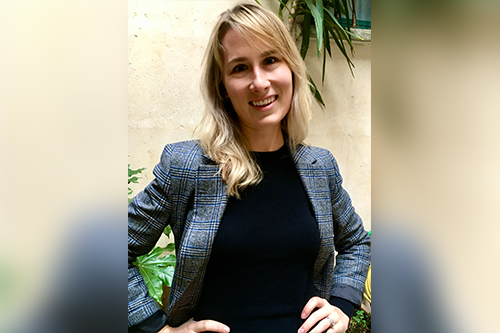

The following is an editorial by Alicja Grzadkowska, senior news editor at Insurance Business. To reach out to Alicja, email her at [email protected]
Special purpose acquisition companies (SPACs), otherwise known as blank-check firms, have been making waves in the insurance industry lately. You may have seen several notable developments involving SPACs recently, like home insurance start-up Hippo agreeing to go public through a merger with Reinvent Technology Partners Z, online therapy app Talkspace planning to do the same with Hudson Executive Investment Corp., and ex-UniCredit SpA CEO Jean Pierre Mustier raising funds for his own SPAC.
According to CNBC, SPACs are “one of the hottest trends on Wall Street,” with more than 200 SPACs going public in 2020 and raising approximately $84 billion in total funding. And this market is only getting hotter – as of March 2021, SPACs in the US had already topped 2020’s funding numbers, according to Forbes.
For those new to this developing investment arena, an SPAC has no commercial operations and is formed solely to raise capital through an IPO for the purpose of acquiring an existing company, explains Investopedia. The benefits of SPACs include the fact that selling to one of these companies can up the sale price by 20%, versus a standard private equity deal. Moreover, business owners get to go through a faster IPO process, armed with the support of an experienced partner.
There are several implications of SPACs for the insurance industry. First of all, insurance start-ups have shown that they’re prime targets for IPOs involving blank-check firms. In fact, investment in the insurance industry in general has been of keen interest for some time now, since, noted Pitchbook in a 2020 report: “Insurance companies have the potential to meaningfully add to a general partner’s permanent capital, drive AUM growth, and make solid investments if their float is invested well — just as Berkshire Hathaway has done with many of its insurance holdings.”
With the COVID-19 pandemic revealing the vulnerabilities in many industries, insurance has come out on the other side generally intact, showing the stability of this business and its ‘safe bet’ status for investors. SPACs are likely going to continue to eye this space, and insurtechs in particular, considering how innovative they’ve proven to be. In fact, overall investment in insurtechs rebounded quickly in Q2 2020, with Willis Towers Watson reporting that US$1.56 billion was raised by these firms over the three-month period.
The other, and perhaps more explicit, impact of the boom in SPACs is that it’s overwhelming the few insurers who have so far been active in this space. According to Bloomberg, companies catering to SPACs by selling directors’ and officers’ policies have been flooded by listings, which is causing insurers to drive up their prices and look at ways to control their exposure to SPACs. In turn, this is making it more difficult for blank-check firms to get off the ground.
“There was clearly some SPAC exhaustion in the market,” said Kristin Kraeger, national directors’ and officers’ practice leader at Aon. “The carriers that were writing these deals mid-year and through the fall started to reflect on their book.”
Now, several high-profile SPAC names, like former Deutsche Bank AG executive Garth Ritchie, are including a warning about insurance challenges in their regulatory filings. It’s not an insignificant concern, considering that between June 2020 and December 2020, prices for D&O policies for SPACs quintupled to $100,000, according to Kraeger.
As a result of these challenges, the SPAC market presents many opportunities for insurers, not only to gain a foothold in an emerging market, but also to show their ability to keep up with new risks.
Some insurers are already standing out, like Beazley, which recently announced the launch of a directors’ and officers’ product suite designed specifically for SPACs. A growing competitive landscape could also alleviate the insurance challenges that SPACs currently face with D&O insurance prices, while providing insurers with a new avenue of business that could be fruitful for some time.
On the other hand, brokers and agents also have an opportunity to get in on the ground floor by educating themselves on SPACs and their various exposures. Becoming an expert in this line of business could become useful, should this investment trend continue into the coming years, and help insurance professionals stand out from their competitors by providing that component of differentiation, as well as giving them a leg up in terms of being on the forefront of emerging markets in the insurance industry.
